Blog
How to Master Circuit Board Design: Essential Tips for Beginners
In today's fast-paced technological landscape, mastering circuit board design has become essential for engineers and hobbyists alike. According to a recent report by MarketsandMarkets, the global printed circuit board (PCB) market is expected to reach a value of $75.2 billion by 2027, highlighting the increasing demand for innovative electronic solutions. Circuit boards serve as the backbone of countless electronic devices, from smartphones to sophisticated medical equipment, making their design pivotal to the functionality and reliability of these products.

As the complexity of electronic devices grows, beginners must equip themselves with essential tips and practical knowledge to navigate the intricacies of circuit board design effectively. Embracing modern tools and methodologies can empower aspiring designers to create efficient and robust circuits that meet the evolving industry standards.
Understanding the Basics of Circuit Board Design for Beginners
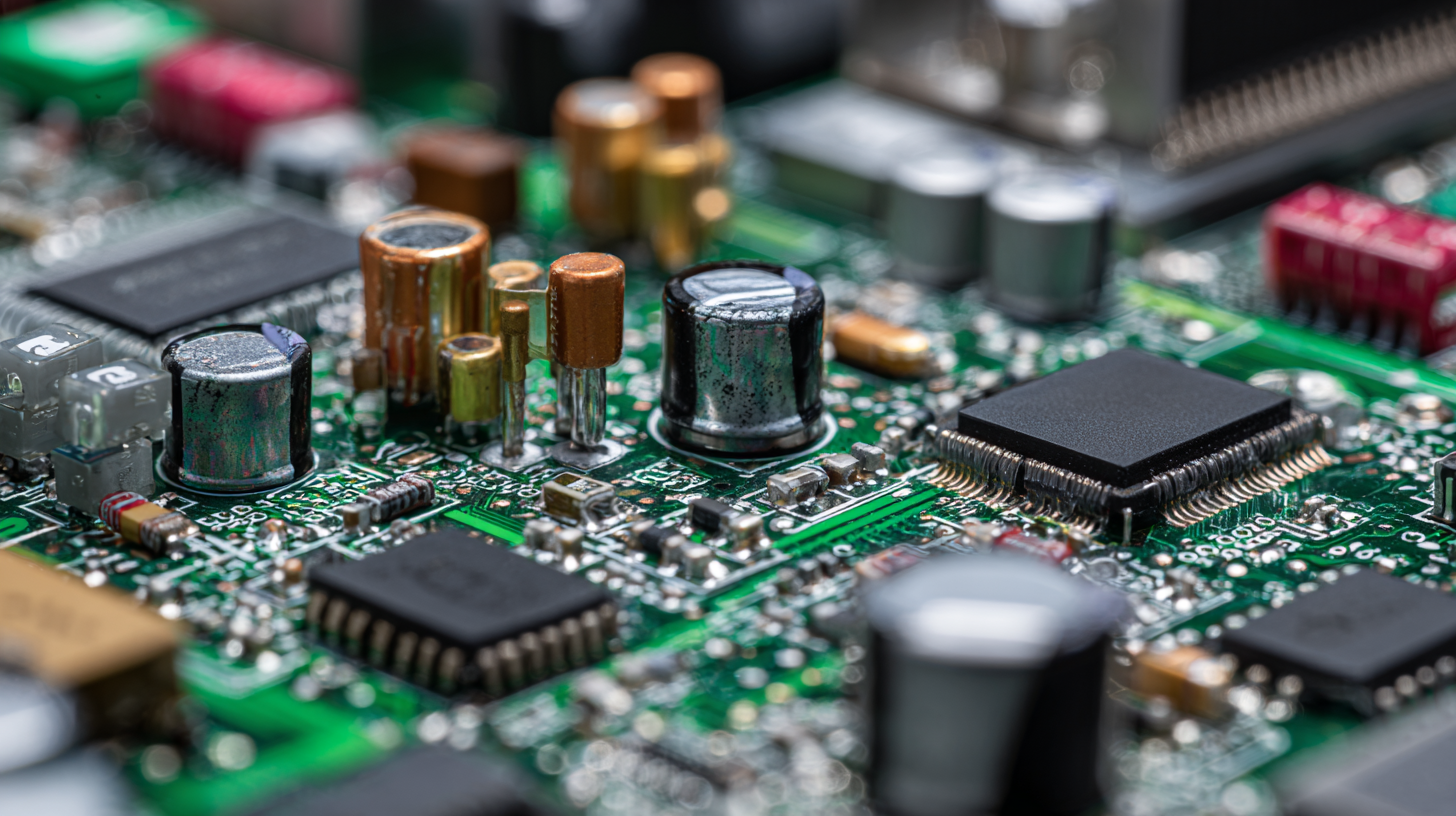 Understanding the basics of circuit board design is crucial for any beginner looking to enter the world of electronics. Circuit boards, or printed circuit boards (PCBs), serve as the backbone of most electronic devices, providing a platform for components to connect and function together. The first step in mastering PCB design is to familiarize yourself with essential components, such as resistors, capacitors, and integrated circuits. Learning the roles and functions of these elements will create a solid foundation for more complex designs.
Understanding the basics of circuit board design is crucial for any beginner looking to enter the world of electronics. Circuit boards, or printed circuit boards (PCBs), serve as the backbone of most electronic devices, providing a platform for components to connect and function together. The first step in mastering PCB design is to familiarize yourself with essential components, such as resistors, capacitors, and integrated circuits. Learning the roles and functions of these elements will create a solid foundation for more complex designs.
Additionally, understanding the design software available for circuit board layout is equally important. Many beginners start with user-friendly programs that allow for easy drag-and-drop functionality, making it simple to position components and route connections. It’s also vital to learn about design rules, ensuring that spacing and connections meet standards for manufacturability and performance. By focusing on these fundamental aspects, beginners can build their confidence, enhance their technical skills, and prepare for more advanced topics in circuit board design.
Key Tools and Software Required for Effective Circuit Board Design
When embarking on your journey into circuit board design, having the right tools and software is crucial for effective results. Modern design typically involves using computer-aided design (CAD) tools that simplify the process of creating intricate layouts. Popular software options like Eagle, Altium Designer, and KiCad cater to different skill levels and budgets, each offering powerful features to streamline the design workflow.
Tip 1: Familiarize yourself with the software's interface and capabilities. Spend time exploring tutorials and online resources to build a solid foundation in using the tools effectively. Understanding the software's shortcuts and features can significantly increase your efficiency during the design process.
Another essential aspect is the use of simulation tools. Software like LTSpice or Multisim allows you to test and analyze your circuit before physically creating it. This saves time and resources, as you can make adjustments based on simulated performance rather than trial and error.
Tip 2: Keep a digital library of components and footprints. Many design tools offer stock libraries, but having your own custom collection will enhance your design accuracy and speed. This preparation will make the process smoother and contribute to better overall design quality.
Master Circuit Board Design: Skill Development Over Time
Essential Design Principles: Layout, Routing, and Component Placement
When starting with circuit board design, understanding essential design principles such as layout, routing, and component placement is crucial for ensuring functionality and efficiency. According to a report from PCB Design Magazine, nearly 70% of design errors stem from initial layout decisions. This highlights the importance of a well-thought-out layout that minimizes signal interference and optimizes space. Beginners should prioritize a balanced distribution of components, ensuring that high-frequency elements are positioned to reduce electromagnetic interference while maintaining accessibility for soldering and troubleshooting.
Routing is another fundamental principle that can greatly influence a circuit board's performance. Research from IPC (Institute for Interconnecting and Packaging Electronic Circuits) indicates that proper routing can reduce signal integrity issues and enhance the overall reliability of electronic devices. Beginners must consider the width of traces and the use of vias appropriately; wider traces can carry more current but might limit the design's flexibility. Utilizing multilayer boards can also assist in optimizing routing efficiency by allowing for complex connections without overcrowding the surface.
Component placement is equally significant, as it affects the board's thermal management and electrical performance. A study by Cadence Design Systems found that poor component placement can contribute to a 25% increase in thermal issues, leading to device failure. Ensuring that heat-generating components are spaced adequately and placed in areas with good airflow can improve the longevity and reliability of the final product. Emphasizing these design principles will enable beginners to create more effective and reliable circuit boards from the outset.
How to Master Circuit Board Design: Essential Tips for Beginners
| Design Principle | Description | Best Practices | Common Mistakes |
|---|---|---|---|
| Layout | The arrangement of components on a circuit board. | Keep components close to minimize trace lengths; use a grid for alignment. | Ignoring the physical size of components when designing. |
| Routing | The process of creating traces to connect components. | Use the shortest possible paths; avoid sharp angles in traces. | Overcrowding routes and not following design rules. |
| Component Placement | The position of each component on the board. | Group similar components together; consider heat dissipation. | Not accounting for component size and orientation. |
| Power Distribution | Designing how power is distributed across the board. | Use wide traces for power; include decoupling capacitors. | Neglecting power integrity which leads to voltage drops. |
| Signal Integrity | Ensuring that signal quality remains high across traces. | Maintain proper impedance; minimize via use. | Using long traces without proper termination. |
Common Mistakes in Circuit Board Design and How to Avoid Them
When embarking on circuit board design, beginners often overlook critical aspects that can lead to costly errors. One common mistake is inadequate material selection. According to industry reports, improper materials can lead to performance issues, especially in RF projects, where the choice of substrates impacts signal integrity and thermal performance. It’s essential to conduct thorough research on material specifications and ensure compatibility with the project requirements, particularly when dealing with high-frequency applications.
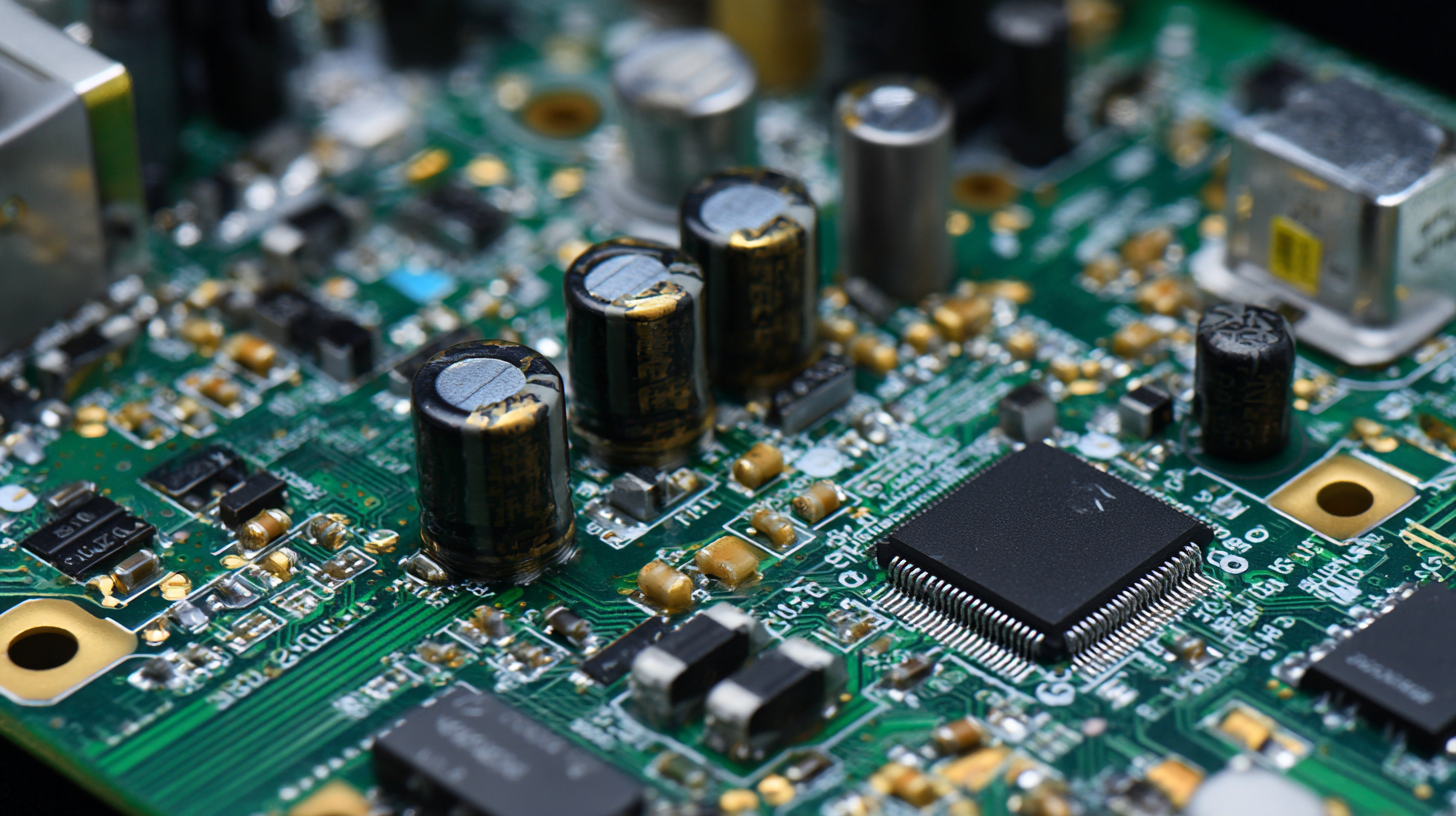
Finally, beginners may underestimate the importance of using advanced PCB design software. Utilizing tools that offer intuitive interfaces and comprehensive features can streamline the design process and minimize mistakes. Selecting the right software can help enforce design rules, automate complex tasks, and optimize layouts, thus reducing the likelihood of costly errors during manufacturing. Adopting these practices can greatly improve the chances of a successful circuit board design.
Testing and Iterating Your Circuit Board Designs for Optimal Performance
Testing and iterating your circuit board designs is a crucial phase in the development process. According to a report by the IPC (Association Connecting Electronics Industries), approximately 50% of prototype failures in circuit boards are due to design errors. To mitigate this risk, establishing a robust testing protocol during the design phase can significantly enhance performance and reliability. Techniques such as Design for Testability (DFT) allow engineers to identify potential failure points early and optimize circuit pathways, reducing time and costs associated with extensive revisions.
Once initial designs are tested, iteration is essential for refining the performance. Data from a recent survey conducted by Mentor Graphics indicates that iterative design approaches can improve circuit board functionality by as much as 40%. Utilizing simulation software before physical prototypes are produced helps in visualizing the impact of design changes. Integrating feedback from real-world testing in the iterative process not only helps in achieving optimal performance but also addresses heat dissipation, signal integrity, and power distribution issues early in the development cycle, ensuring a more robust final product.
Related Posts
-
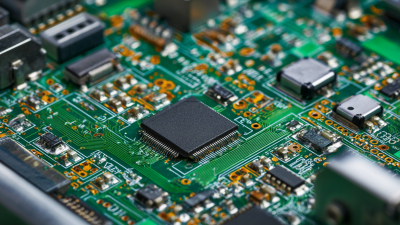
Understanding the Industry Standards Challenges for Best PCB Circuit Production
-
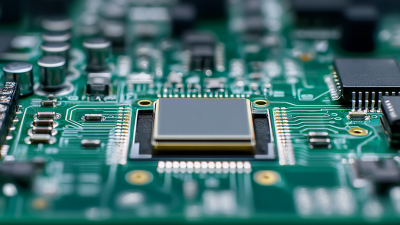
How to Achieve Fast and Cost-Effective PCB Prototyping for Your Product Development
-
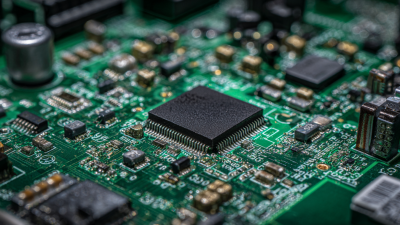
How to Choose the Best PCB Board for Your Project Needs
-
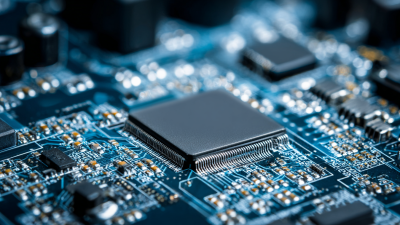
Unlocking Quality: Proven Strategies to Source the Best Prototype PCB Board Suppliers Worldwide
-
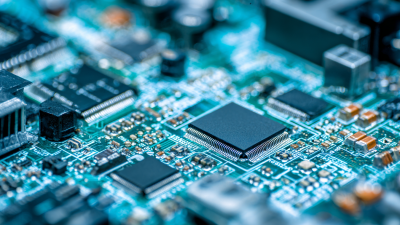
7 Essential Tips for Sourcing the Best PCB Production Worldwide
-

Discover the Excellence of Best PCB Make from Top Quality Manufacturers in China
